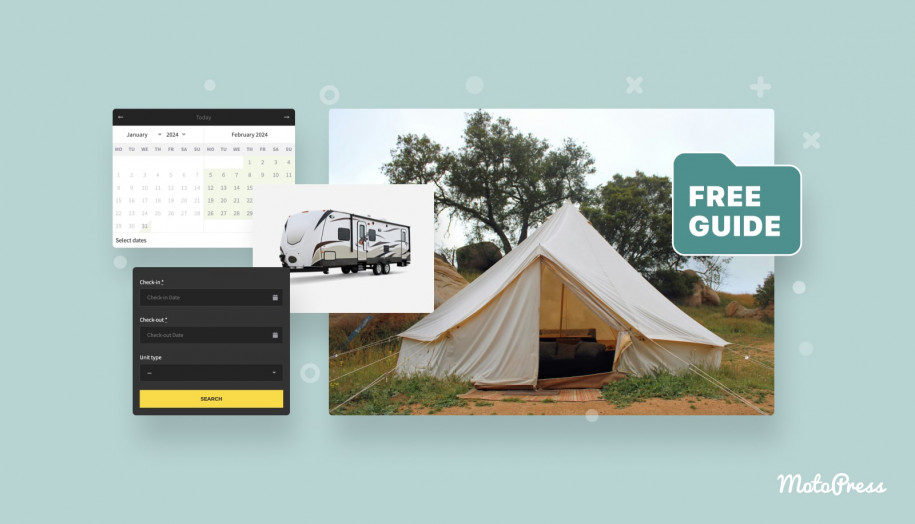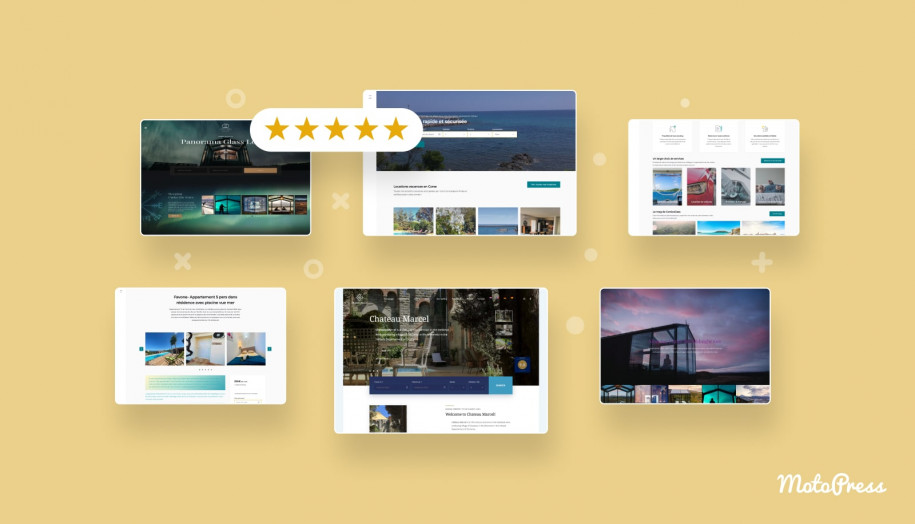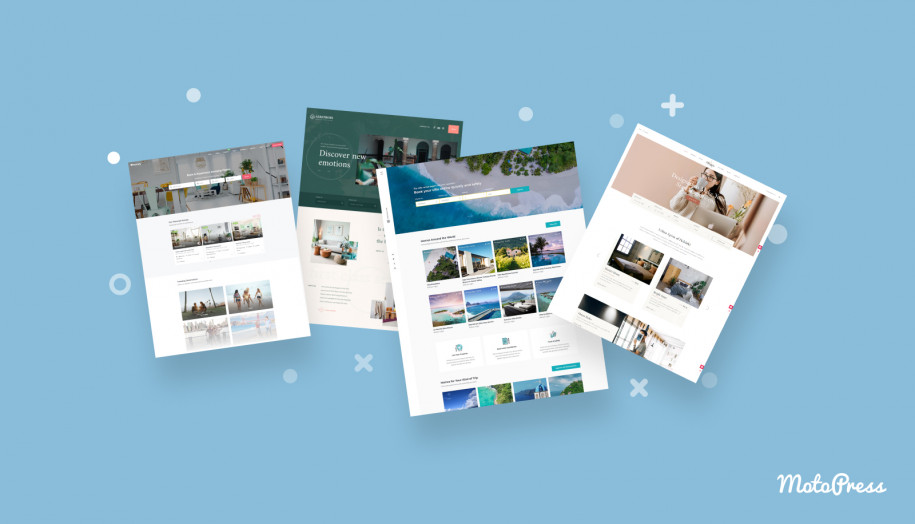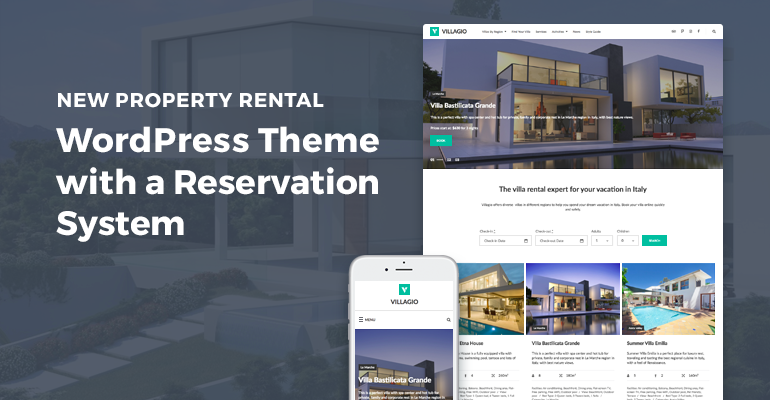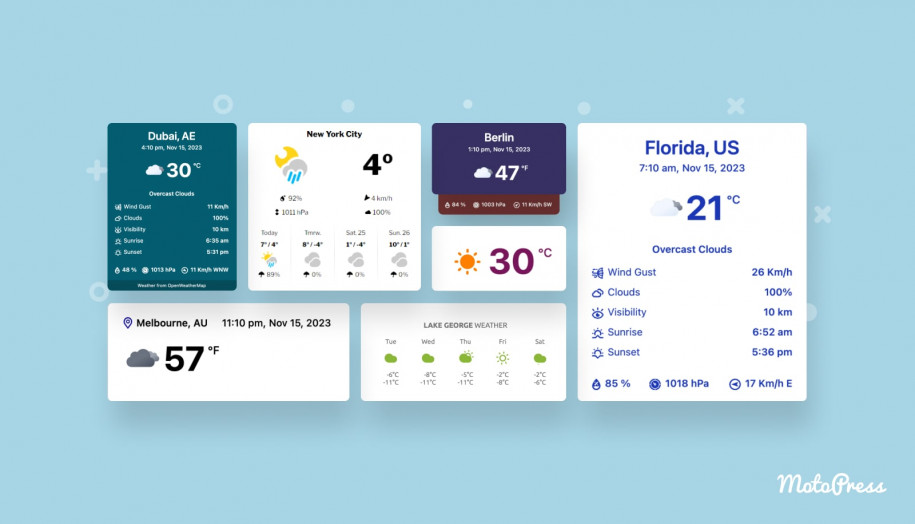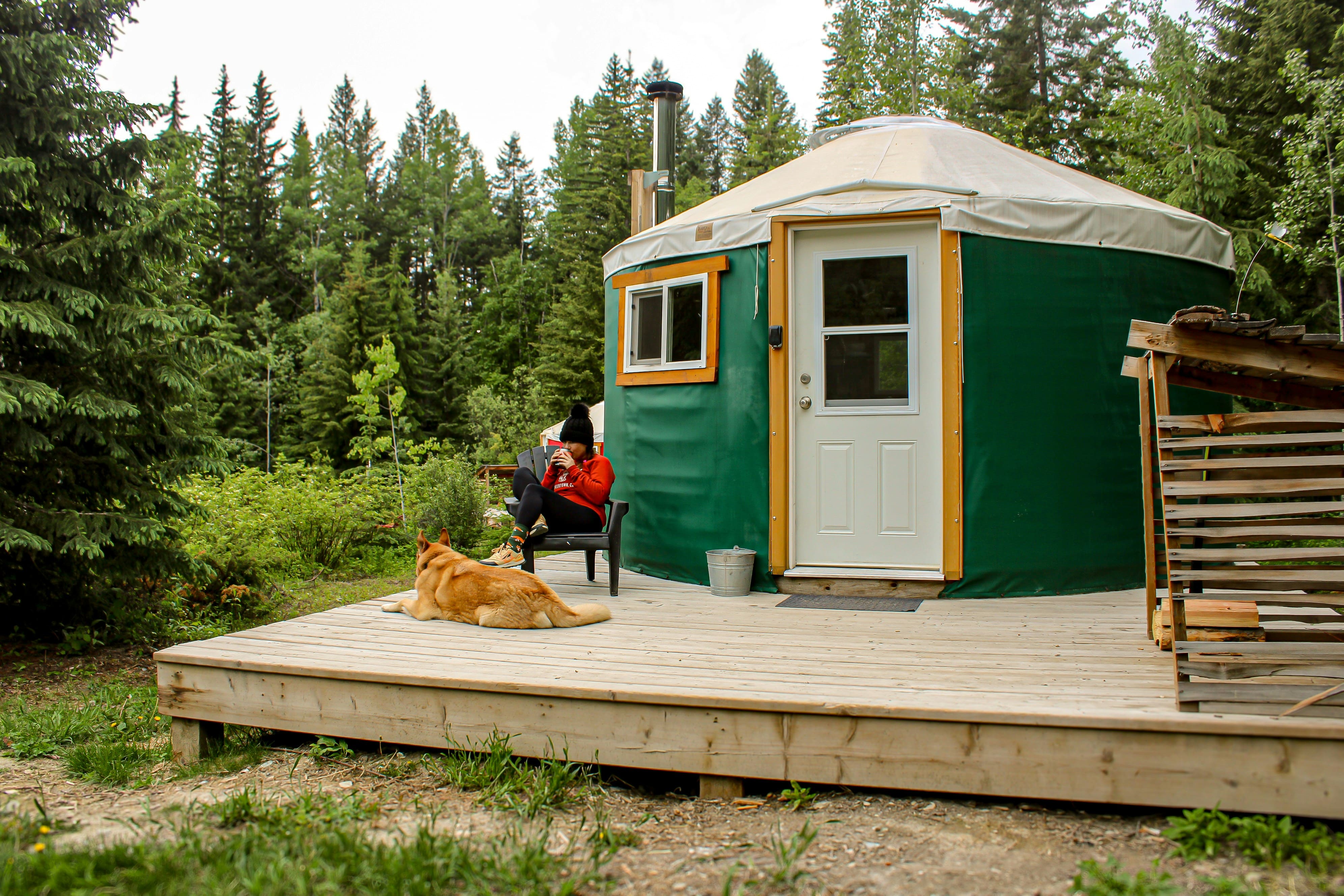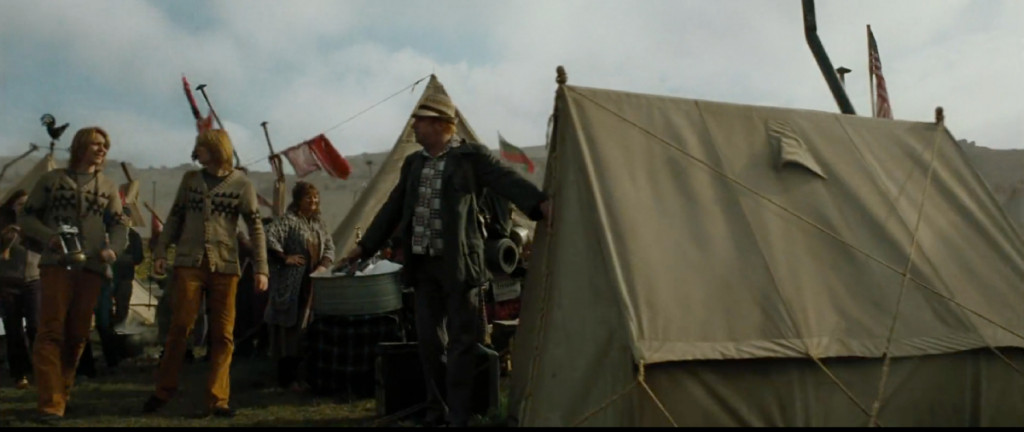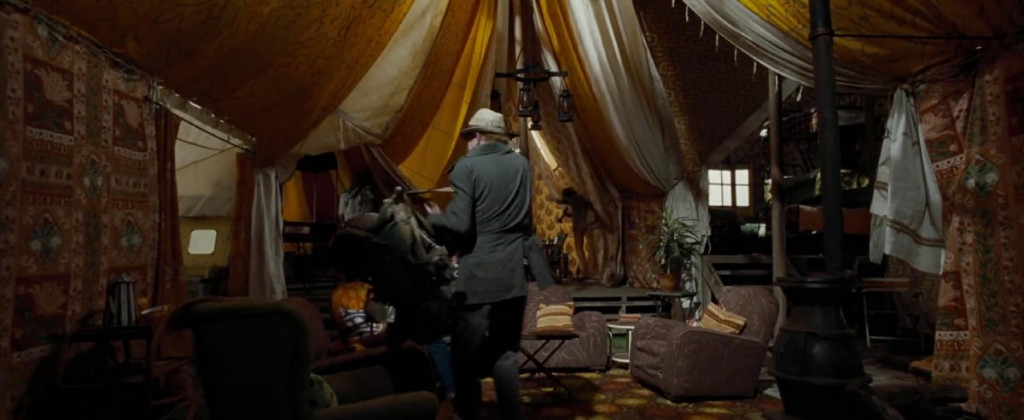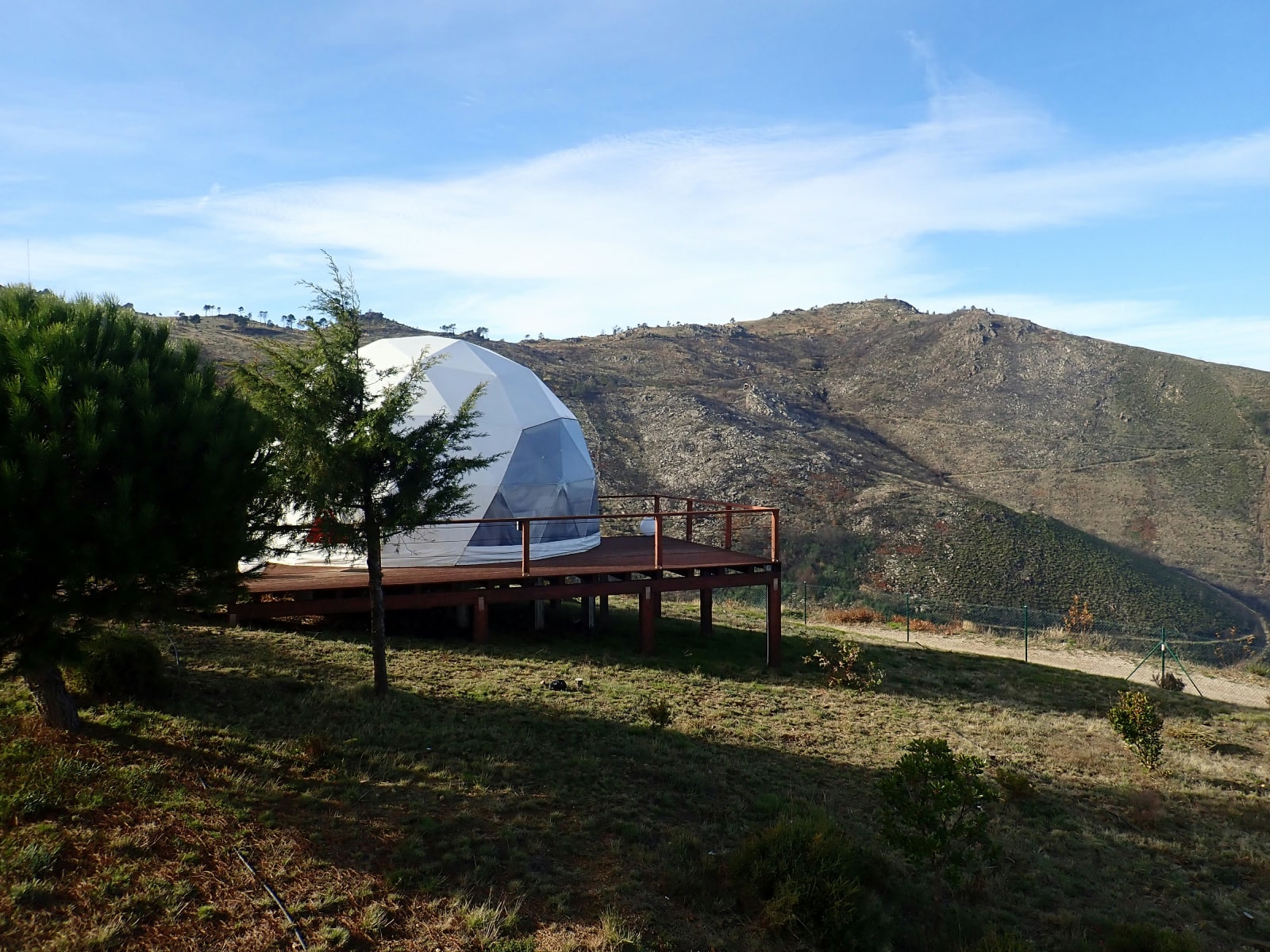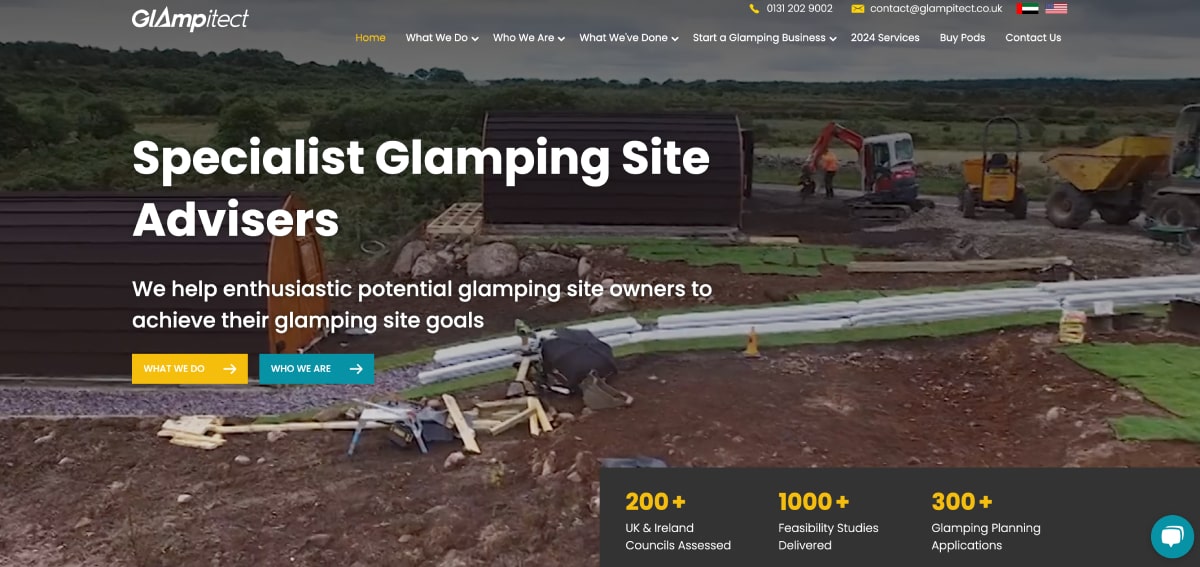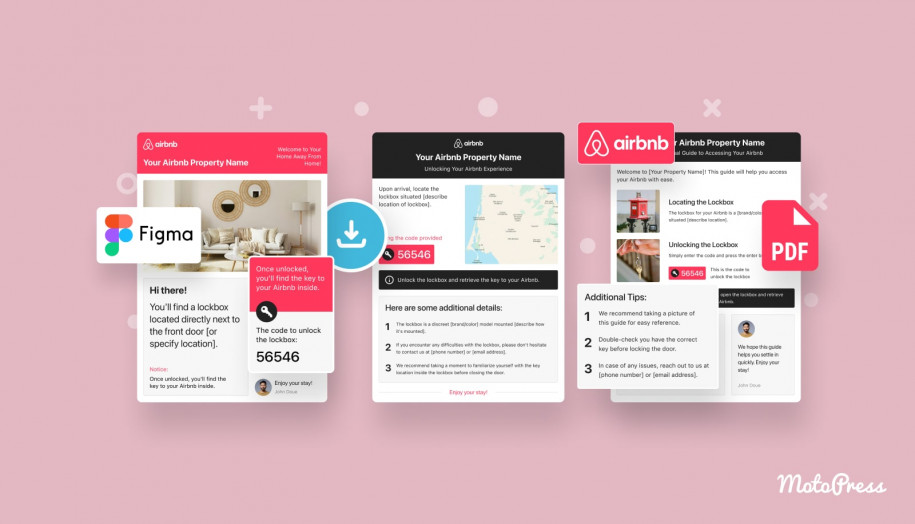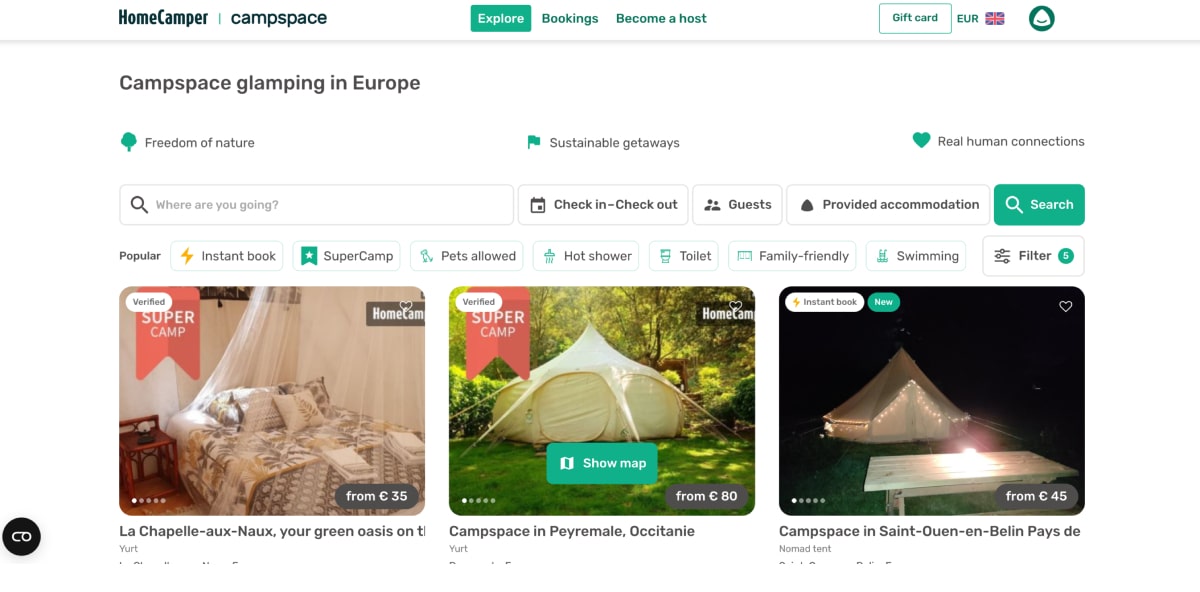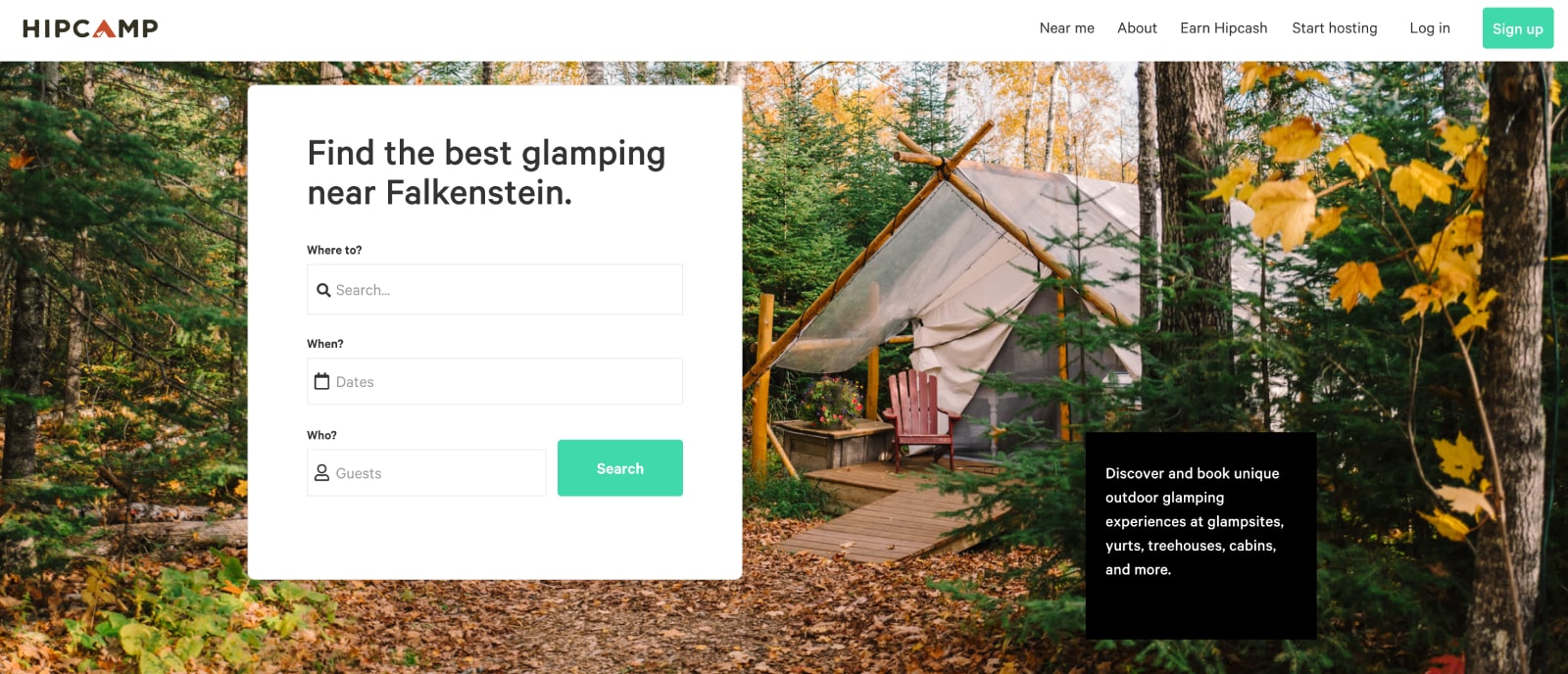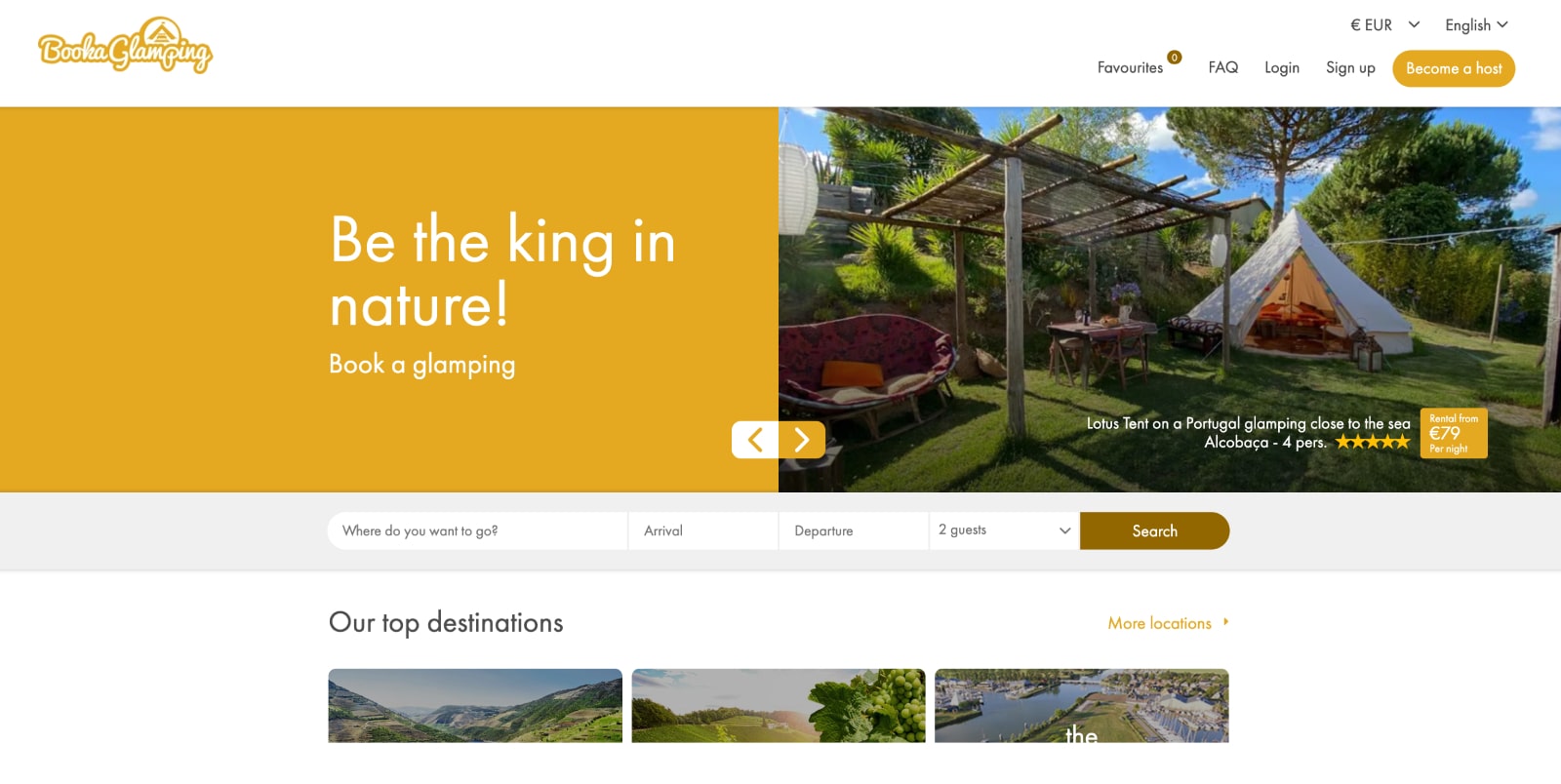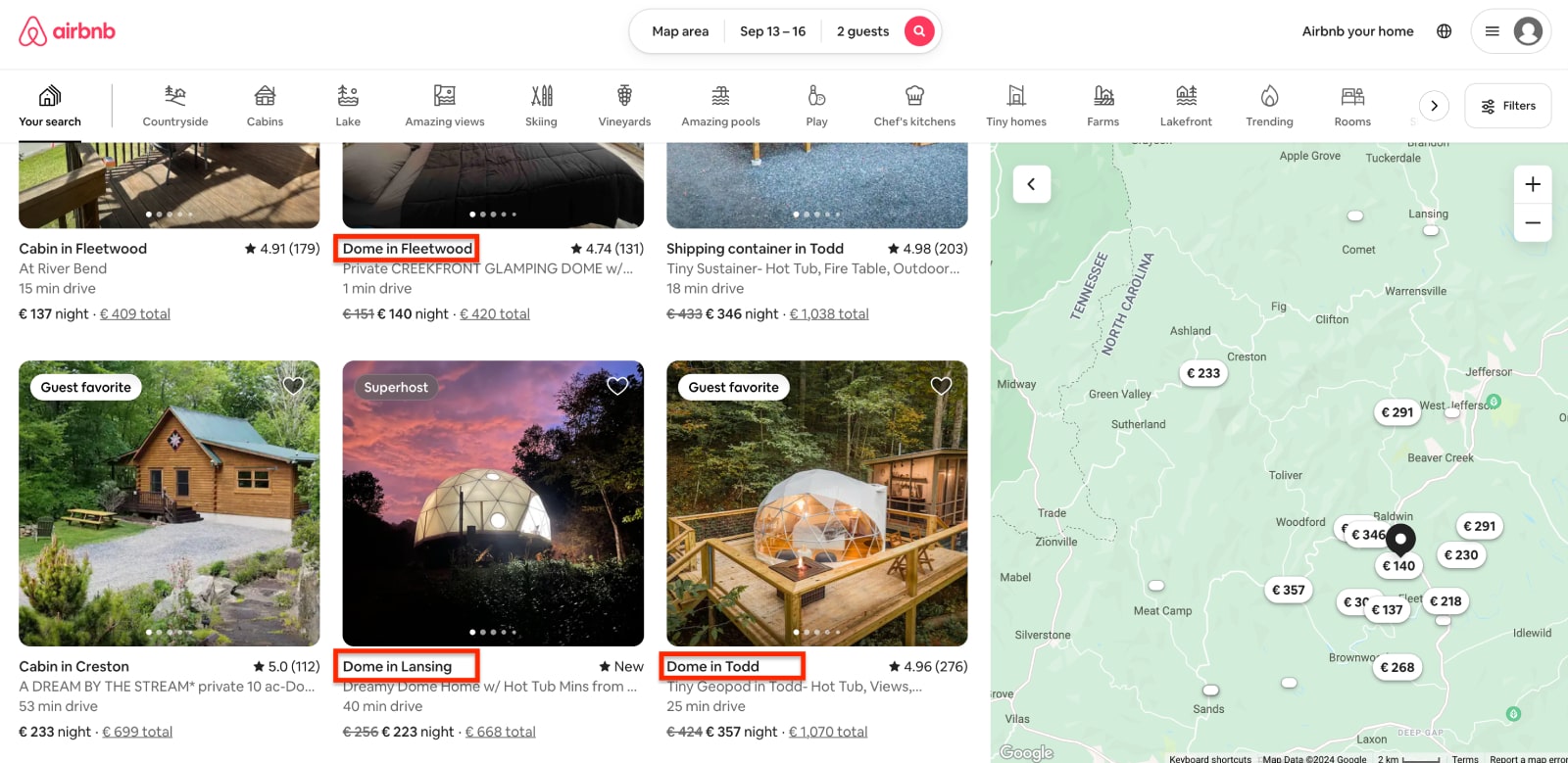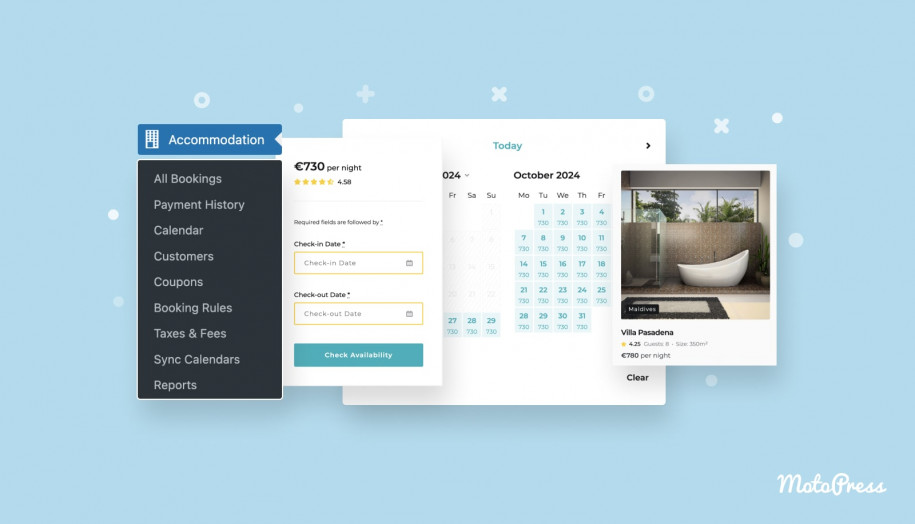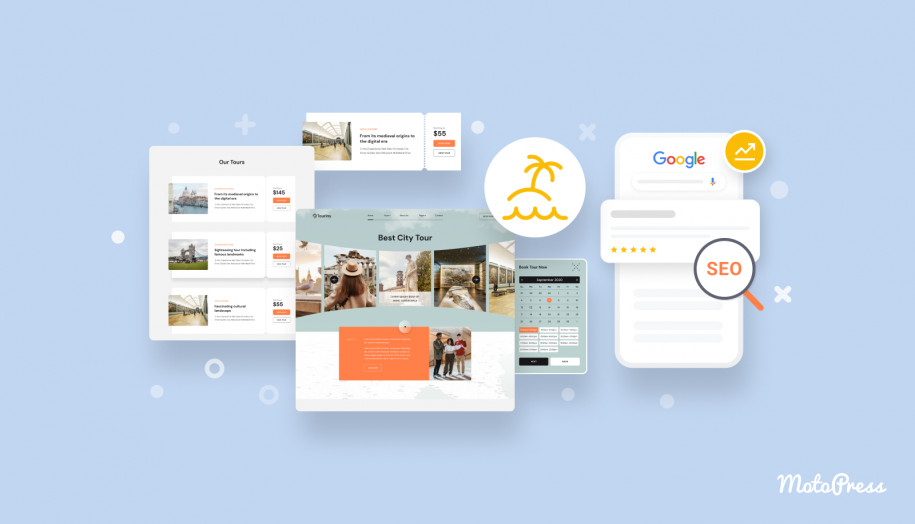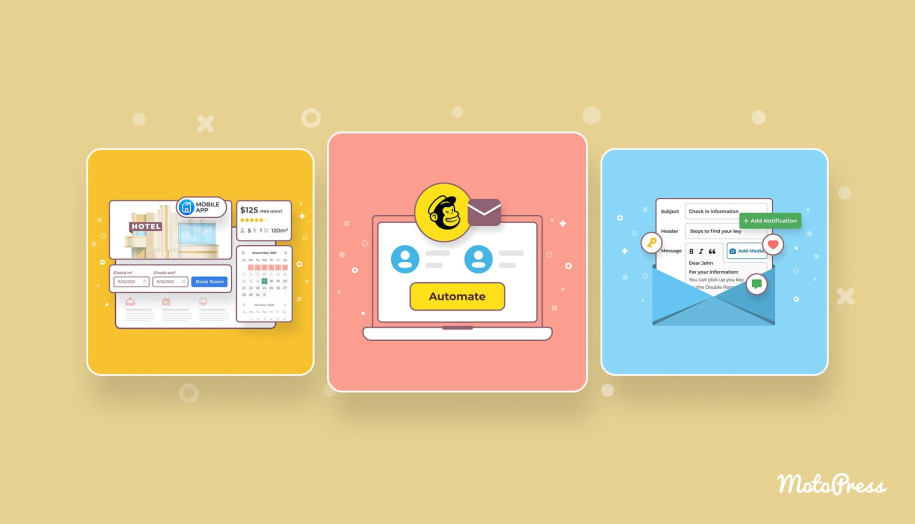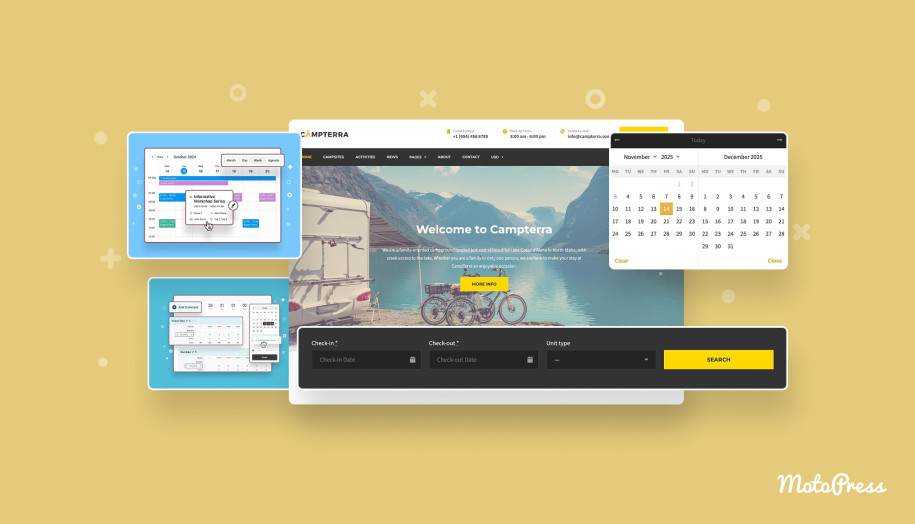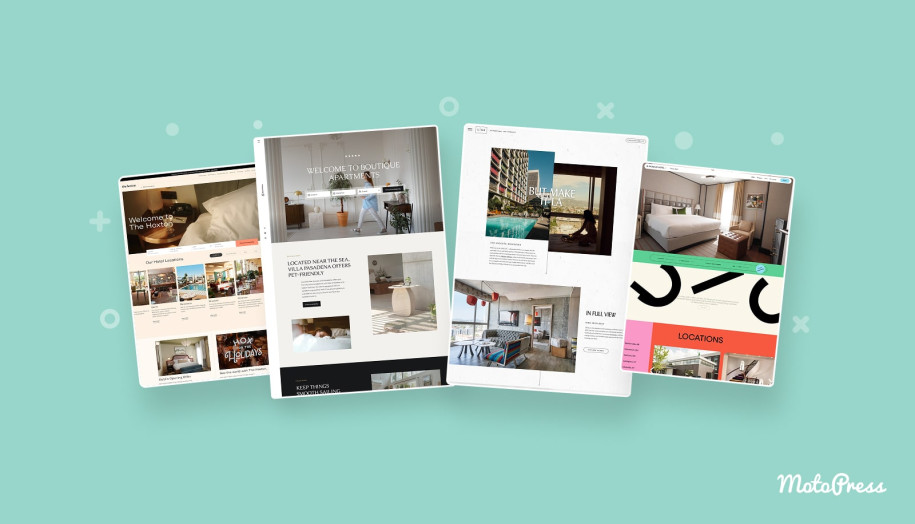How to Start a Glamping Business: A Nuanced Tutorial
Table of Contents
Want to start a glamping business? Glamping (stands for ‘glamorous camping’) is an attractive niche for property owners who are just starting or looking to widen their rental business.
The word itself is a relatively new invention, but you can find glampings as an option to book next to the traditional campings on Airbnb, Campspace, or other travel websites. The U.S. glamping industry is projected to increase from $561.42 million in 2023 to $1.30 billion by 2029, at a growth rate of 15.14% per year. The popularity of glamping is in the research papers. Why is the trend?
Travelers are constantly looking for new experiences; no surprise that first-time campers are increasingly drawn to the growing popularity of glamping.
CEO of Dyrt, an app for camping availability, explains it as follows:
“It’s not just about king-size mattresses on a platform covered by a canvas tent. Property owners are getting super creative. Two of the strongest human desires are to try new things and to be comfortable. Glamping gives you both in spades,”.
If you want to know how to start a glamping business, we’re trying to answer all your questions in this article!
How Is It Different from Managing a Camping or Vacation Rental?
What is a glamping business? Managing a glamping site differs significantly from traditional camping, with glamping leaning closer to managing vacation rentals than traditional campgrounds. In the first place, this is because of the expected level of comfort.
So, let’s see in greater detail how it differs:
- Construction: it’s much harder than just pitching tents. Glamping structures range from geodesic domes to safari tents, which means it should be built upfront and taken a regular care of.
- Cleaning: luxury linens and plush furnishings necessitate a more rigorous cleaning regime compared to basic campgrounds.
- Maintenance: durable and weatherproof structures require regular maintenance, but less frequent upkeep than basic camping facilities.
- Service: extra luxury facilities and special services, for example, hot tubs outside and interesting activities.
As for similarities with traditional camping, both involve managing the land, ensuring guest safety, complying with local regulations, and giving customers an extraordinary feeling of connection with nature.
Define Target Audience: Why Travelers Enjoy Glamping
End-user: Travelers and Events
When it’s time to ‘get away from it all’ and reunite with nature, many travelers still don’t want to get dirty.
Stunning locations paired with hotel comforts are the main reasons glamping is becoming so popular.
And the glampers themselves are a diverse bunch – millennials who crave unique experiences, families seeking adventure but in more comfortable conditions, romantic couples, and camping fans looking to try new things out. And even wizards from team Harry Potter:
Jokes aside, to sum up, consider these target audiences when you start a glamping business:
- Families.
- Couples.
- Solo adventurers.
- Corporate groups.
- Events.
Comfort, nature, and experiences are the key things. Your task is to to understand which group you are targeting in the first place, and who is going to enjoy your glamping.
Choose Location: What is the Best Place for Glamping?
Area: Rural and Urban
Size: 4-Person, 2-Person, and Others
Hike-in to the campsite with everything on your back? Not in our case.
Climate and terrain, as well as easy accessibility, are important for a glamping location: glamping sites should be reachable by car or other convenient means.
Mountains, beaches, or rustic countrysides all provide the perfect backdrop.
Study the most popular glamping locations around the world, discover their websites, and learn from customer reviews why people enjoy staying at the glamping.
A few examples below:
– USA: landscapes like Montana’s Glacier National Park or California’s Redwood National Park.
– Europe: Iceland’s scenery is perfect for glamping under the Northern Lights; glamping pods in the Scottish Highlands offer a taste of historic charm.
– Africa: a luxurious tent in South Africa’s Kruger National Park also sounds like an awesome experience.
So, when building a glamping site, your task is to understand:
1) whether glamping is in demand in your area (and if so, act fast!).
Or
2) calculate if it’s worth it to start and operate a site in a distant area, which is already popular with glampers.
Or
3) consider risks of starting a glamping business in an area with existing traditional-only campgrounds.
Next up, remember that glampers often seek out destinations with cultural attractions, historic sites, and natural beauty. Unlike those seeking complete seclusion, they often need the convenience of being near popular tourist resorts and attractions.
Choose a Glamping Type
Accommodation: Domes, Tents, Yurts, Treehouses, Tipis, Vintage Trailers, Cabins, and Others
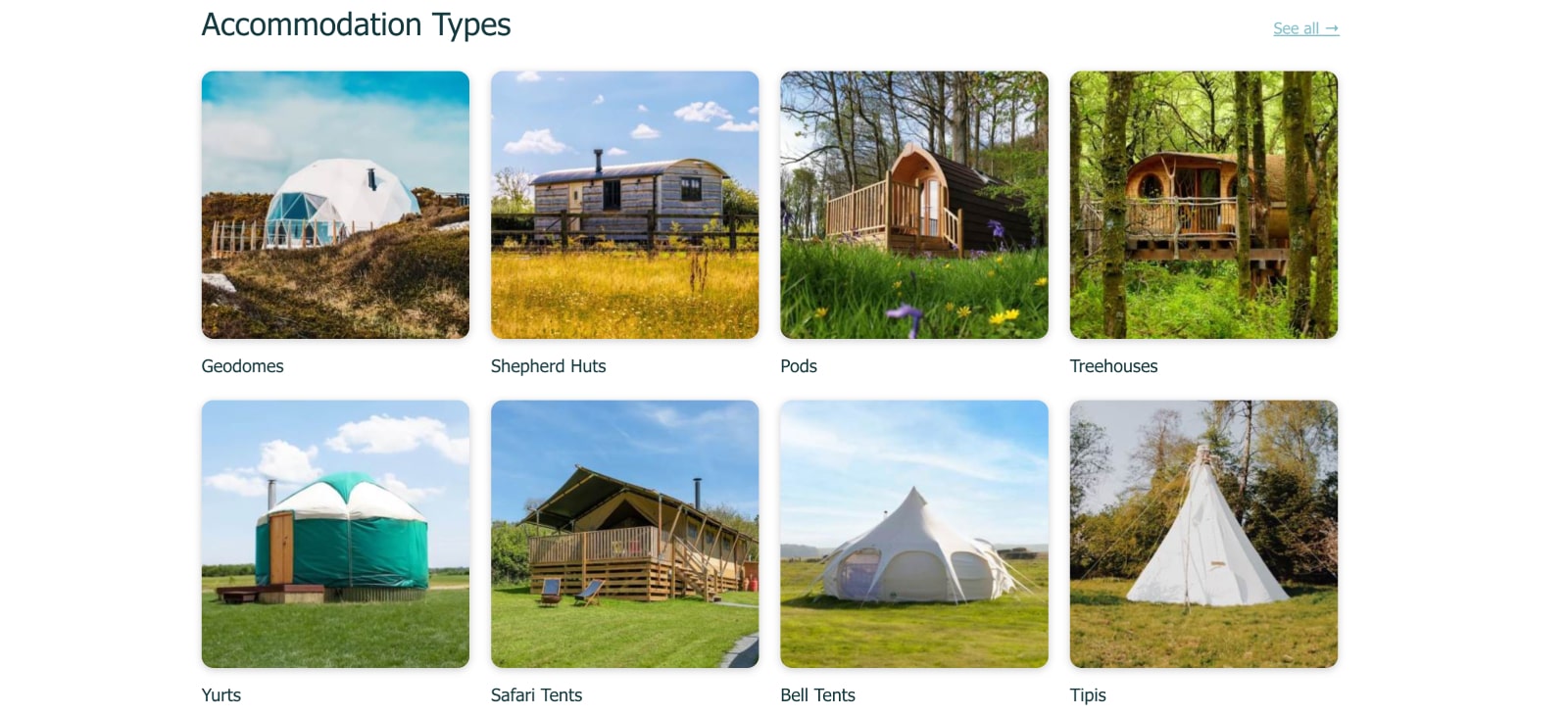
How to set up a glamping site? There are various types of glampings/glamping concepts that shape your business model, for example:
- Luxury glamping: plush furnishings, private decks, and en-suite bathrooms.
- Eco-friendly glamping: focuses on sustainability with recycled materials, solar power, and locally sourced food.
- Adventure glamping: combines glamping with activities like ziplining or rock climbing.
And here are the exact types:
- Safari tents: a tent accommodation equipped with a range of home comforts and a lot of space.
- Treehouses: various types of houses built right on the trees.
- Domes: special tents that provide panoramic views of nature; they are said to have a long service life, 10 to 15 years.
- Movable cabins, often made of wood.
From our research, domes are most present on various vacation rental platforms. So if you are looking to serve a wider audience, this is a nice starting point.
Land Ownership: Build, Buy or Lease?
Land Ownership: Public Land and Private Land
One of the biggest decisions you’ll face when starting a glamping business is whether to build, lease or purchase your glamping structures. Should it be a private unit or a part of a bigger campsite?
Individual glamping accommodations (and they are more common when you search on any travel site) are normally found on private land, often owned by the host or a small company. These can be standalone setups or part of a larger property like a farm or estate.
Bigger glamping infrastructures are usually found in tourist hotspots and areas. These glamping sites are typically bigger and might be owned by a single company or rented from the government or private property owners. They often have official deals with local officials and are more business-like.
- Individual glamping (e.g. one glamping site in the woods or an isolated one on a private island).
- Bigger infrastructures with multiple glampings (glamping resorts, villages, campgrounds).
| Individual Glamping Ownership / Lease a Spot in Glamping Complex | Building Your Own Glamping Complex |
| Easy to set an accommodation | High upfront investment |
| Flexibility | Complex management requiring staff |
| More authentic travel experience | Possible government restrictions (e.g. zoning laws, environmental impact) |
| Cheaper maintenance | Higher revenue |
| Safety measures are more difficult to implement | Higher safety |
As a business owner, you can also buy or lease a spot in a glamping complex (if available) to install and operate your own glamping spot.
Some glamping places are like condos where people (like you) can buy their own spot. Others rent out spots to businesses, who can set up their own glamping tents or cabins. They pay rent and have to follow certain rules, like using the same look and feel for their glamping unit.
For example, buying a ready-made glamping park like Charming Holiday Park in Waterside, Dumfries, can cost around £75,000. This upfront investment gives you full ownership and control over your business but with a significant financial commitment.
Or you can buy already designed glamping pods only with the flexibility to move them where needed.
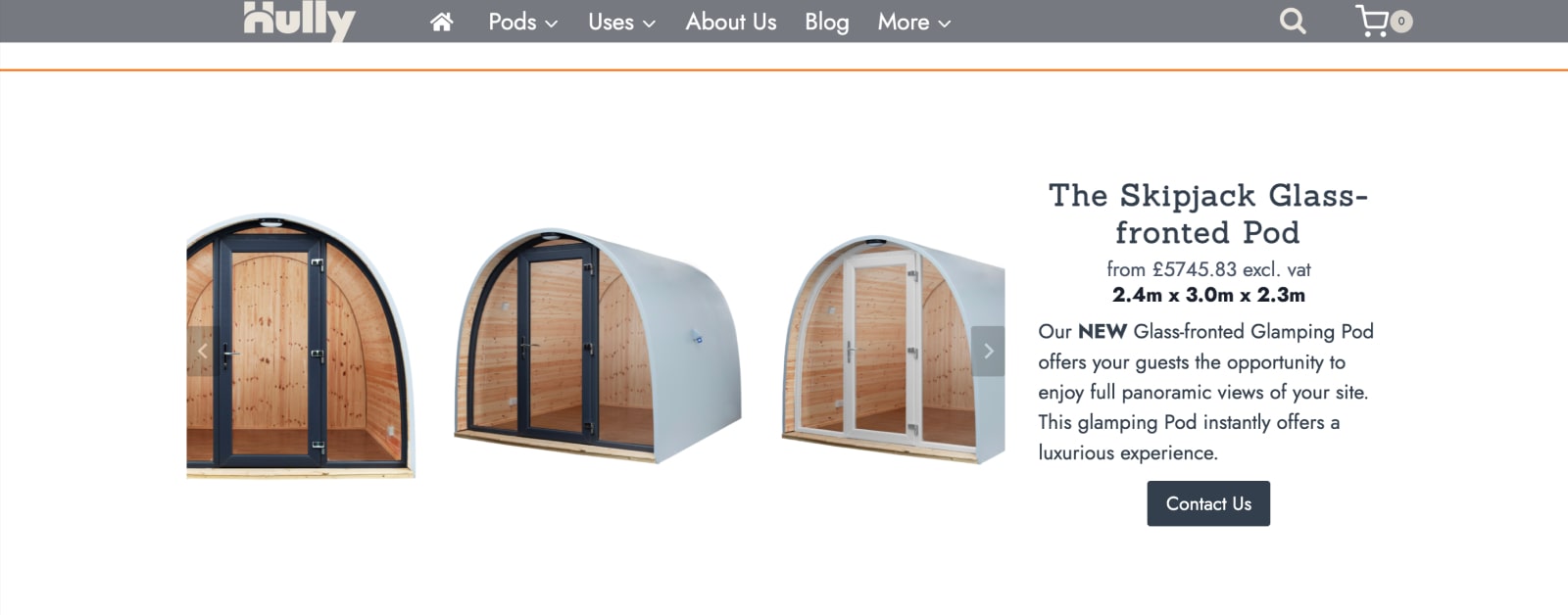
More budget-friendly options? For instance, let’s take a look at the U.S.-based manufacturer of handcrafted glamping tents. Their prices range from $2,049 to $3,309 per tent system.
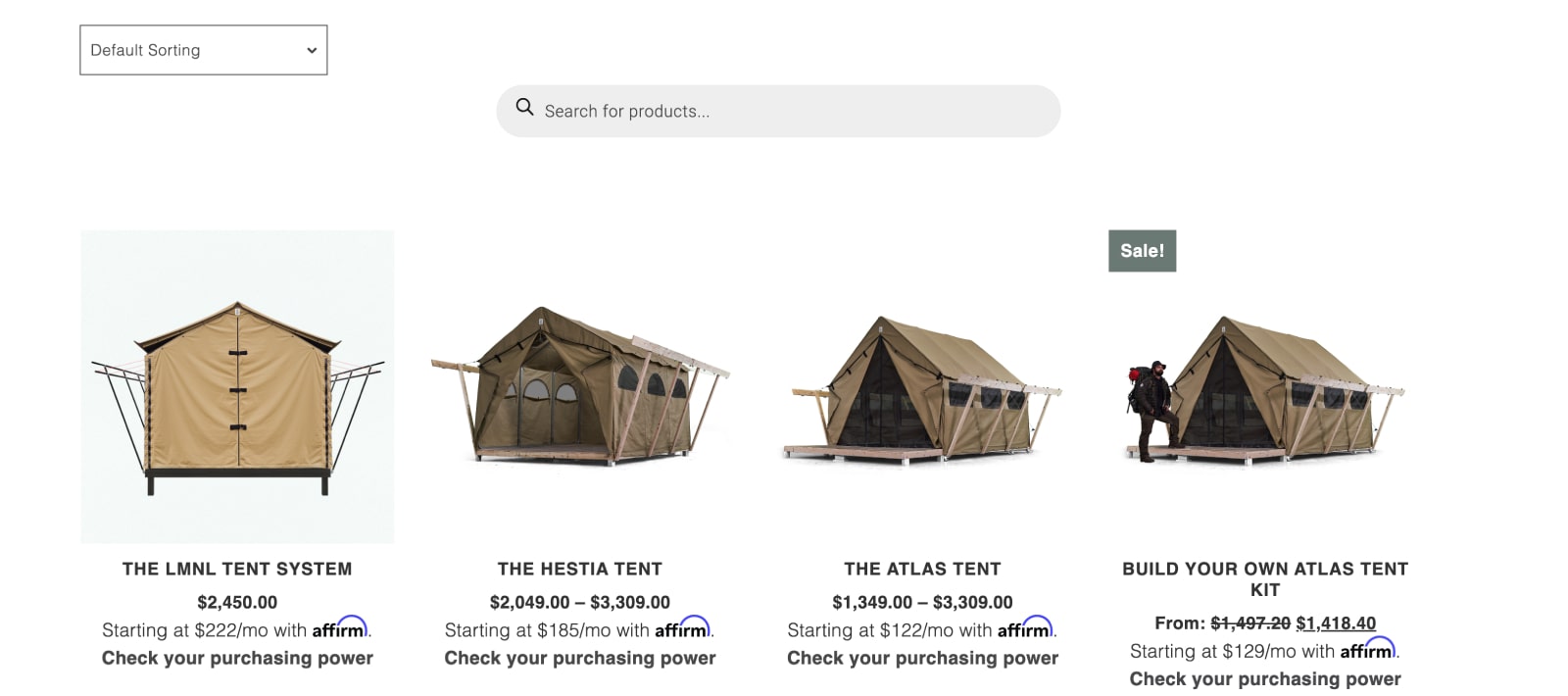
So, the costs of the dom/tent itself pretty much depend on the type of glamping and vendor you choose.
On the other hand, leasing structures can be a more affordable option, especially if you’re unsure about the long-term viability of your business. But what goes hand in hand with this, you’ll have less flexibility and may face restrictions from the lessor.
How Meals Should Be Organized at a Glamping
Meals: Self-made, Dining Areas
Campfire pizza, lasagna, and tacos. Glampers are looking to have gourmet meals under the stars! But how should they be organized?
Most of the time, in individual glamping, travelers cook for themselves, but you need to provide all the necessary equipment to make the process smooth and memorable. To provide more high-end services, you can offer meal delivery services or partnerships with local restaurants.
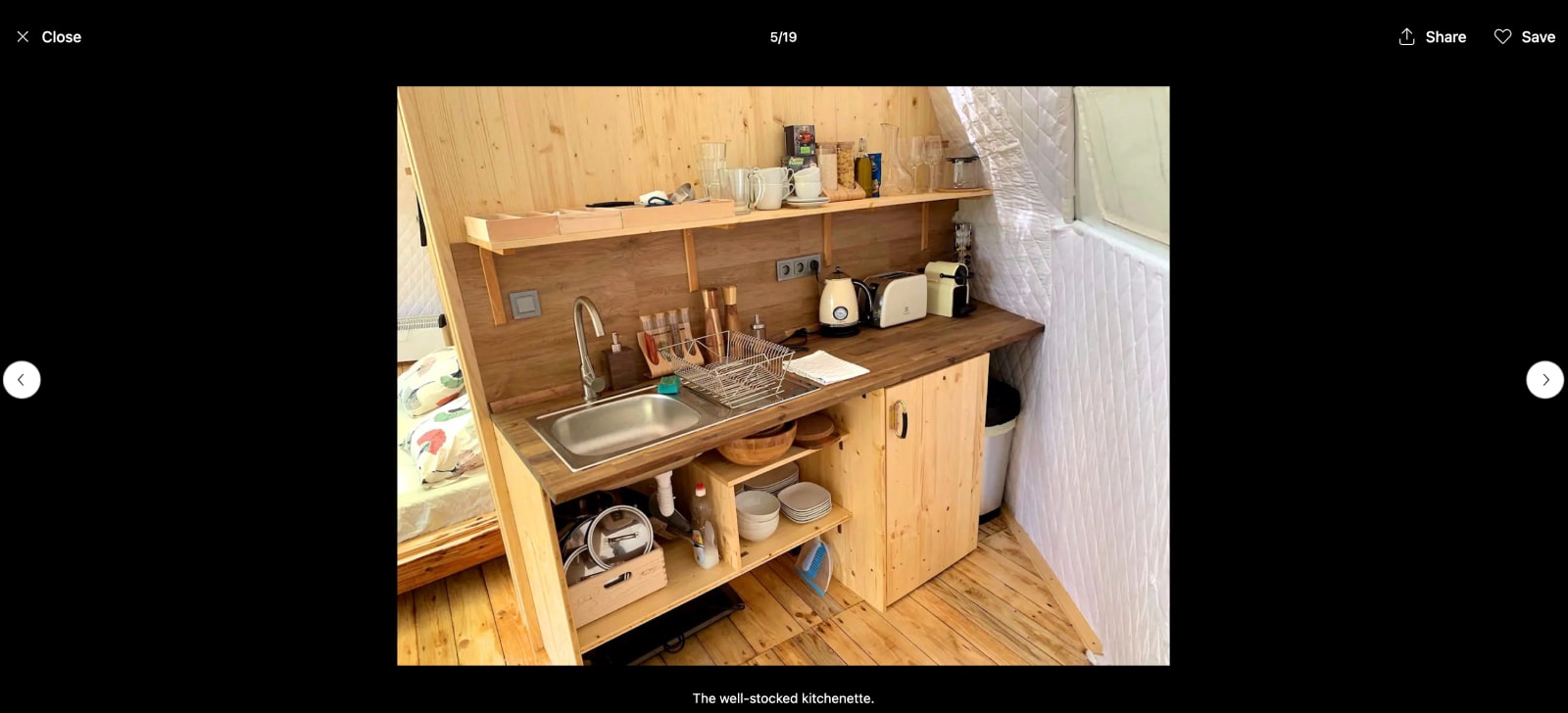
- A kitchenette (functional cooking area inside).
- Kitchen utensils and cookware outside the glamping.
- A list of glamping recipes.
As for bigger infrastructures like camping villages, there can be on-site dining options, including restaurants or communal dining halls. Some may offer meal packages as part of the stay, or have chefs who prepare gourmet meals.
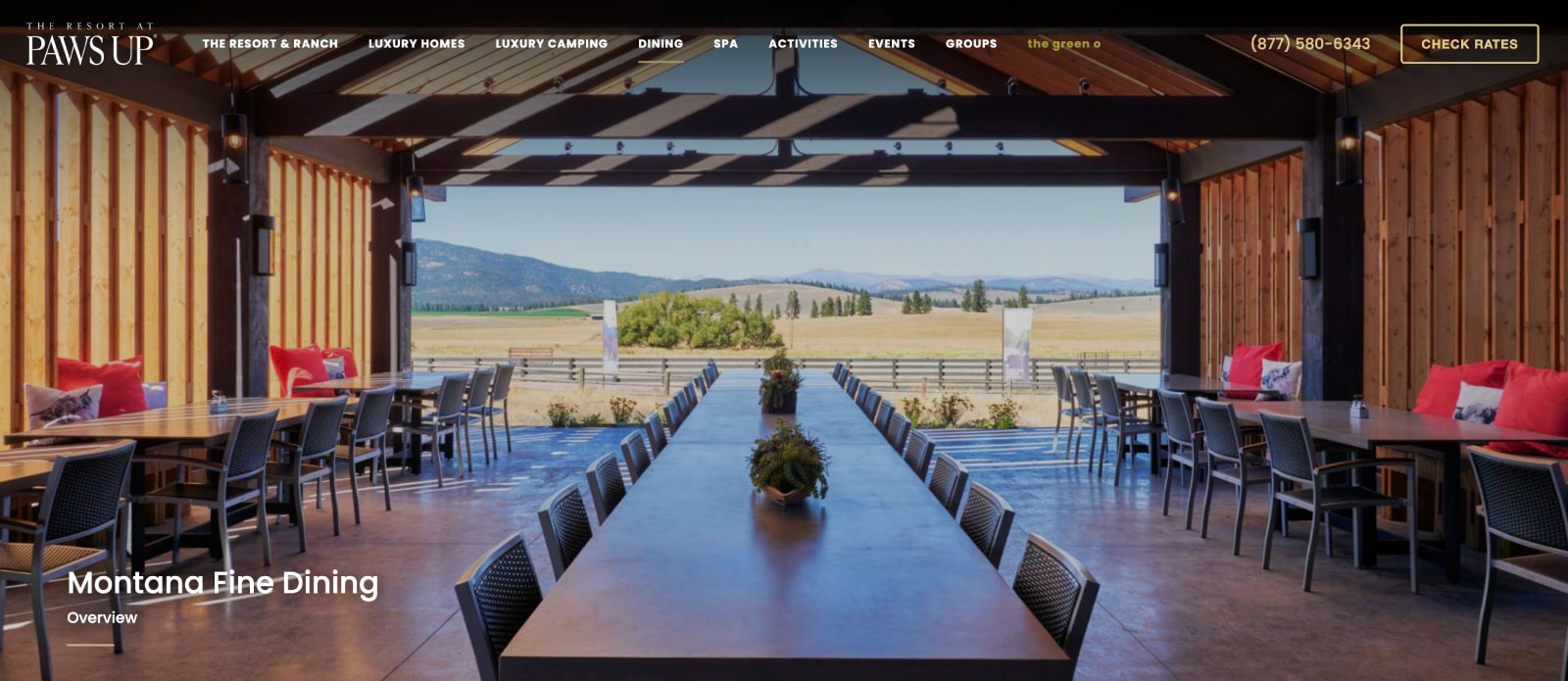
- Dining area nearby.
- Ordered food.
- Chef-cooked meals.
Provide Glamping Activities
Activities: Location-Based
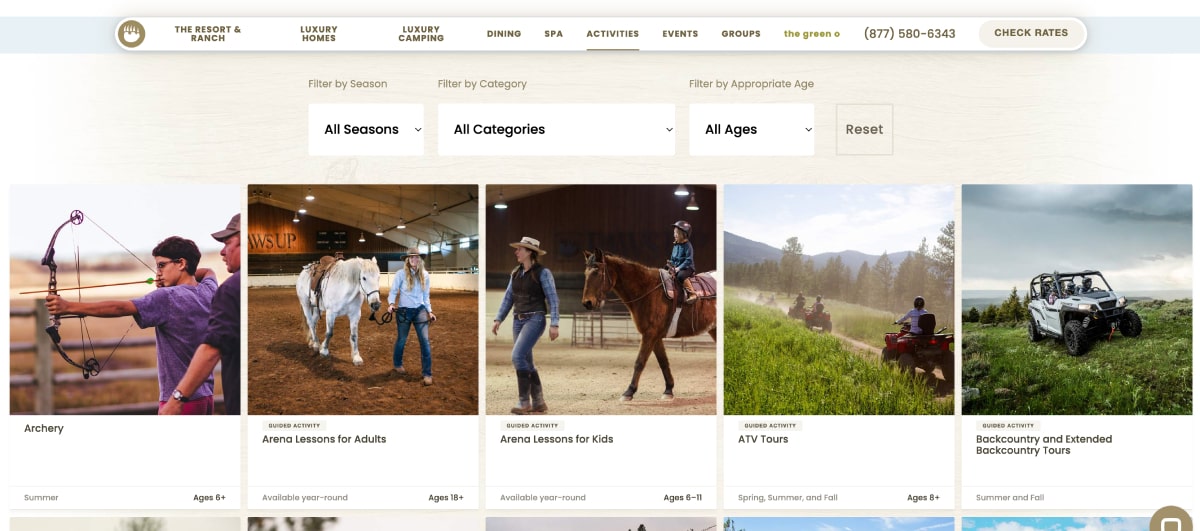
Exciting activities are one of the traveler’s expectations from a glamping.
Which activities are common? It all pretty much depends on the location! Some examples include:
- Hiking and trekking
- Biking
- Local tours and excursions
- Cooking classes
- Concerts and performances
- Art workshops
- Kayaking and canoeing
- Fishing
- Rock climbing
- Horseback riding
- Hot air ballooning
- Zip-lining
If there is a lot to do, you can even offer a brochure listing activities similar to an Airbnb welcome book or at least hotel brochure-like information.
Choose a Platform to Rent out Your Glamping
Booking Platform: Own Website, Third-Party Travel Sites
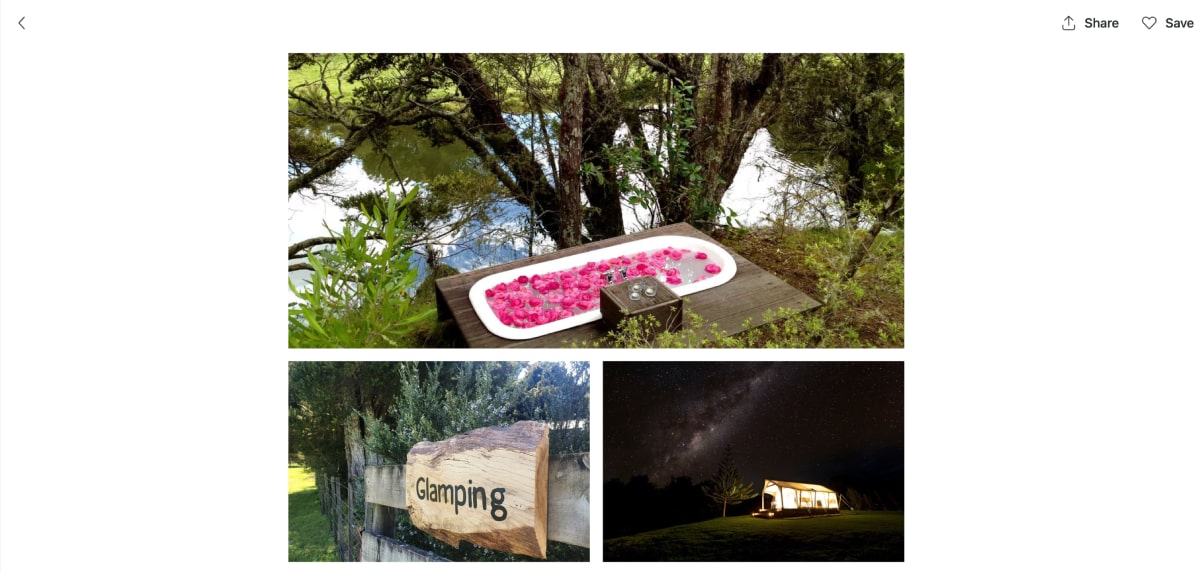
Two big options here include:
1. Your own site
It’s the best thing to have even if you want to be present on multiple booking platforms. It gives you full control over how your site looks, the money you generate, and how you deal with guests.
There are tons of options to rent out your campsite, but if you don’t want to be spoiled for choice, here are our recommendations:
- Use WordPress and grab Campterra. It’s a camping design with the booking engine pre-built. You need to have a WordPress site to use this solution. It has all you need, from well-designed website pages to the booking and payment system.
- If you want to know how the booking engine works for real business, read this customer story – these guys have a glamping dome in Nova Scotia and explain how they work.
- If you need more design options for WordPress – browse these hand-picked WordPress camping themes.
- Hotel Booking engine included – or the possibility to use this WP design with a simpler Booking calendar WordPress plugin.
- Many opportunities to use free and paid extensions with WordPress, such as WP calendar for events, availability calendars, directory plugins for bigger companies, and more.
Try your luck with popular platforms like:
- Glamping Hub. Mimicking the design of Airbnb, Glamping Hub is a popular glamping booking website that connects owners and travelers. Visit Glamping Hub
- Campspace. Campspace is a more diverse booking website that provides travelers with various campsite, glamping, and RV options. Visit Camspace.
- Hipcamp. This is a powerful and modern platform to list your property and find clients fast. Visit Hipcamp.
- Book a glamping. This site offers the finest glamping destinations in the world, a wide variety of accommodations, from classic safari tents to authentic yurts and from vintage trailers to traditional tipi’s. Visit Book a glamping
Needless to say, you can use all these platforms at the same time, along with having your own website online.
Calculate Equipment & Amenities Expenses
Costs: Startup Costs, Equipment Costs, Safety Costs
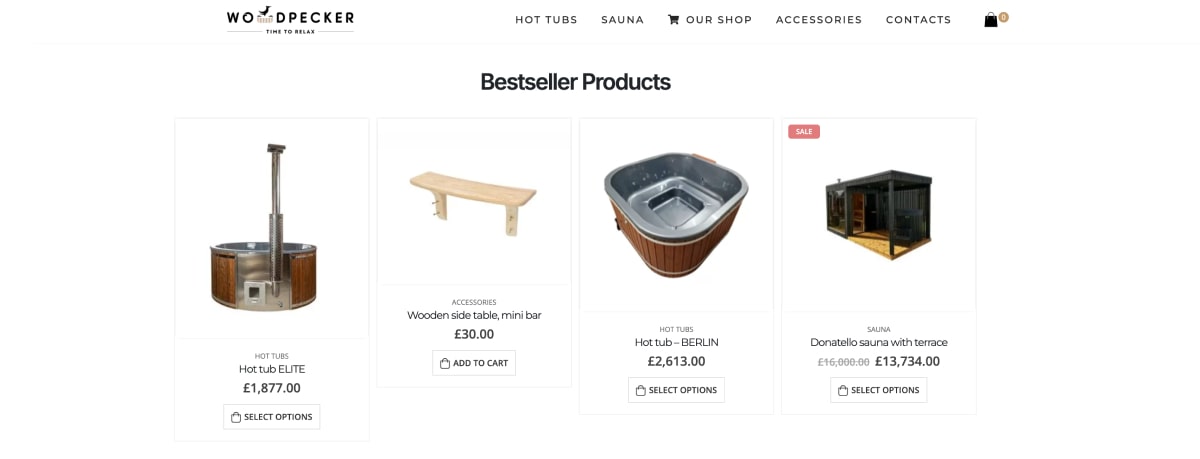
These are approximate prices based on 2024 data from websites like Amazon, as well as local European and American retailers that sell camping equipment. Of course, they will vary from brand to brand.
| Glamping Tents or Cabins | Canvas Tents: $500 – $2,000 per tent Yurts: $5,000 – $15,000 per yurt Pre-made Cabins: $10,000 – $50,000 per cab Domes: $5,000 – $15,000 per dom Smaller Pods: $4,000-$10,000 per pod |
| >Furniture | Bedding and Linens: $200 – $500 per unit Tables and Chairs: $100 – $300 per unit Outdoor Seating and Fire Pits: $500 – $1,000 per unit Hammocks: $50 per unit |
| Kitchenette | Cookware and Utensils: $500 – $1,000 per unit Refrigerators and Freezers:$ 1,000 – $2,000 per unit Grills and Barbecues: $500 – $1,500 per unit |
| Bathroom | Portable Toilets: $500 – $1,000 per unit Shower Tents or Trailers: $2,000 – $5,000 per unit Hot Tubs or Jacuzzis: $5,000 – $10,000 per unit |
| Extra | Generators: $1,000 – $5,000 per unit Lighting: $500 – $1,000 per unit |
| Eco-Friendly Devices | Solar Panels: $5,000 to $20,000 Composting Toilets: $500 LED Lighting: $5 to $30 per bulb |
| Safety Equipment | Varies |
Also consider the following glamping startup costs:
- Land acquisition or leasing.
- Tent and facility.
- Infrastructure construction (roads, water, electricity).
- Marketing, website and advertising.
- License and insurance.
Include daily operating costs as well:
- Employee salaries (if applies).
- Maintenance.
- Meals.
- Energy.
- Cleaning and garbage disposal.
How Much to Charge for a Glamping Site?
So, what nightly/weekly rates should the property owner charge to be profitable? You already know the answer – it depends! Consider costs in your region. If you plan to have a website, consider such time-saving tools as Pricelabs.
Let’s check out the nightly rates for September in Fleetwood, NC, on Airbnb. As you see, typically, glamping sites cost about the same or even more than traditional cabins or bungalows in the area.
So, travelers generally expect glamping prices to be comparable to traditional vacation rentals. This is a quick comparison, but it gives us a good starting point!
Conclusion & Quick Start Guide on How to Start a Glamping Business
Scientifically speaking, ‘nature-based tourism’ is a growing trend as an escape from busy routines and even adjusting to the challenges like climate change or extreme weather situations.
So what’s the best way to start your outdoor hospitality business journey? Starting a successful glamping business requires vision, dedication and industry knowledge.
There are so many details you need to think about but let’s finish our research with these critical things to start a glamping site business:
General
- Define your perfect client and analyze competitors.
- Select a site for glamping.
- Do the financial planning.
- Choose a type of glamping.
- Obtain necessity licenses (tax registration, safety inspection, etc.).
- Perform glamping setup.
- Do the marketing job.
Investment options
- Buy a ready-made, well-designed pod from a developer.
- Buy a dom or tent.
- Lease a site in a camping/glamping complex.
- Build your own glamping site by your own design from scratch.
Regulations in your region
- Study if there are any zoning regulations that impact the glamping location.
- Study environmental documents.
- Study insurance coverage for glamping business.
Disclosure: this article may contain affiliate links for third-party products. If you click a link and later make a purchase, we may earn an affiliate commission that doesn’t result in additional charges to you.
